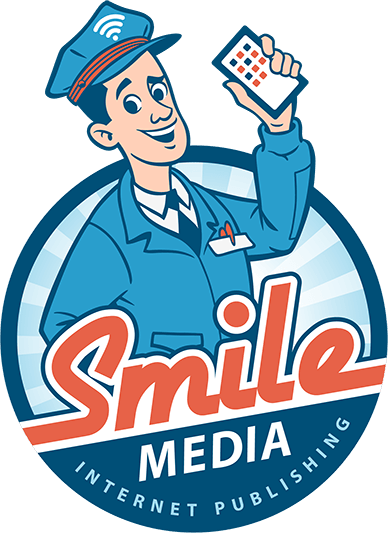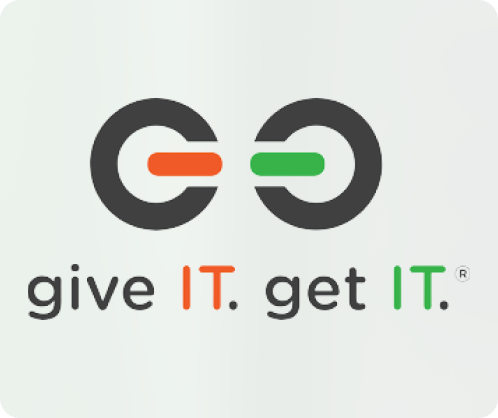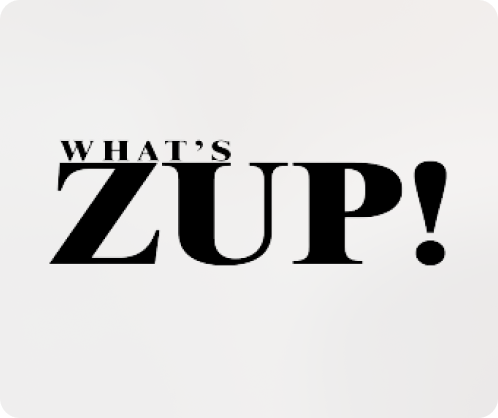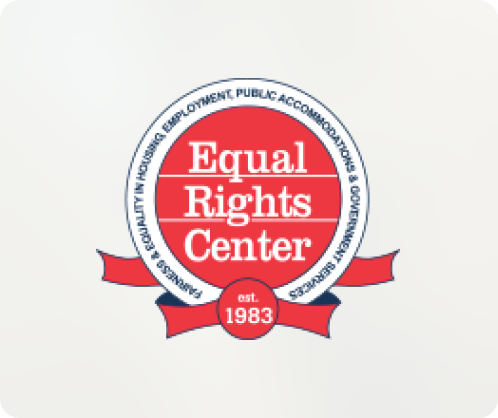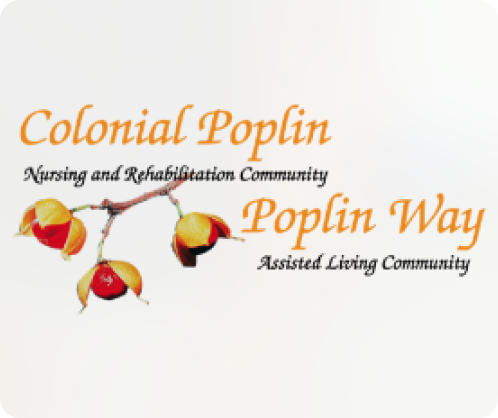Imagine a world where the internet's vast ocean of information is not just a treasure trove for some, but a resource accessible to all. At Smile MEDIA, we're all about making that dream a reality. It's not just about doing the right thing; it's about opening doors for the 1 billion people with disabilities, ensuring they have the same opportunities to swim across the digital waves as everyone else. And guess what? It's not a mission we embark on The World Wide Web Consortium (W3C) is our trusty compass, guiding us through the standards that make the web inclusive for folks with disabilities. This commitment is reflected in everything we craft because an accessible web is a better web for everyone. Stick around, and we'll show you how Smile MEDIA champions these values, making sure your digital presence is welcoming to every visitor.
Staying Compliant: The Legal Landscape of Web Accessibility

Overview of Key Legislation
The Americans with Disabilities Act (ADA): This pivotal piece of civil rights legislation prohibits discrimination against individuals with disabilities in all areas of public life. For website owners, this means providing accessible digital content that individuals with various disabilities can readily use.
Section 508 Compliance: If you're a federal agency or if you receive federal funding, your digital services and information must be accessible to people with disabilities. Section 508 compliance ensures that everyone has equal access to government information and services.

Global Legal Frameworks and Their Influence on Web Standards
It's not just the USA that's advocating for digital accessibility. Around the world, countries have adopted similar legislation, such as the Equality Act in the UK and the European Accessibility Act in the EU. These laws and directives set a precedent that influences web standards globally-reinforcing the need for international harmonization and pointing to the widespread recognition of inclusive digital access as a fundamental right.
- Accessibility Laws Around the World: Impacting how global websites operate and driving the adoption of universal design principles.
- WCAG Guidelines: These Web Content Accessibility Guidelines have become the gold standard for creating accessible content and are often referenced in legal requirements.
Creating Accessible Site Content

Adhering to the Web Content Accessibility Guidelines (WCAG)
Our team at Smile MEDIA diligently follows WCAG recommendations to make web content more accessible to people with a wide range of disabilities, including visual, auditory, physical, speech, cognitive, language, learning, and neurological disabilities. We ensure that your website meets the four foundational principles of accessibility: perceivable, operable, understandable, and robust.

Optimizing Clarity and Global Readability
Making sure your site's content is understandable extends far beyond clear navigation and visual design. At Smile MEDIA, we prioritize straightforward language and structure, making the information accessible and digestible for everyone. We also consider internationalization, using globally recognized symbols and terms while providing translation capabilities for diverse audiences.
- Language Simplicity: We use simple and direct language to convey complex information without diluting the message's core value.
- Content Structure: Our content is structured logically with clear headings and bullet points for easy reading and navigation.
- Global Recognizance: Recognizing the wide diversity of users, we ensure symbols, icons, and phrases are internationally understandable.
- Translation Ready: We make it simple for your content to be translated, opening your digital doors to a global audience.
Optimizing Interactive Elements for Everyone
Utilizing ARIA for Enhanced Interactivity
ARIA stands for Accessible Rich Internet Applications, and it's a crucial tool for the web developers at Smile MEDIA. With ARIA, we enhance content accessibility especially when it comes to complex content like dynamic controls, sliders, and pop-up dialogs. ARIA attributes help us define roles, states, and properties that are essential for assistive technologies to interpret web content for users with disabilities.
Keyboard Navigation and Its Importance for Users with Motor Disabilities
Reliance on a mouse or a touch screen isn't always possible for users with motor disabilities. That's why keyboard navigation is a fundamental aspect of web accessibility. At Smile MEDIA, we ensure that all interactive elements are operable through keyboard interfaces, allowing seamless navigation through menus, buttons, and form controls for every user, regardless of their physical abilities.
Techniques to Ensure Screen Reader Compatibility
Creating content that speaks to all users is part of our ethos at Smile MEDIA. Screen readers are lifelines for users with visual impairments, and we employ a variety of techniques to ensure compatibility. These include proper heading structures, descriptive link text, and ensuring all non-text content is accompanied by text alternatives. By doing so, we make certain that dynamic content is communicated effectively through screen readers.
Take a closer look at our portfolio and case studies
Join the Movement Toward Inclusive Digital Spaces
Embracing Accessibility & Web Standards isn't just about adherence to guidelines or avoiding legal complications-it's about demonstrating a dedication to inclusivity and catering to a diverse audience. Here at Smile MEDIA, we understand the profound impact that accessible digital experiences can have in connecting people of all abilities to the vast knowledge and services available online.
Become an Advocate for Change
It's time to take a stand for a web that's inclusive to all. By committing to accessible web practices, you champion a world where technology empowers, rather than excludes. Whether it's refining user experience, designing with universal principles in mind, or evaluating content for accessibility, every step forward is a stride toward equality in the digital landscape.
- Assess your current digital services and identify areas for improvement.
- Implement changes that prioritize usability and inclusive design.
- Stay informed and compliant with the latest web standards and guidelines.
